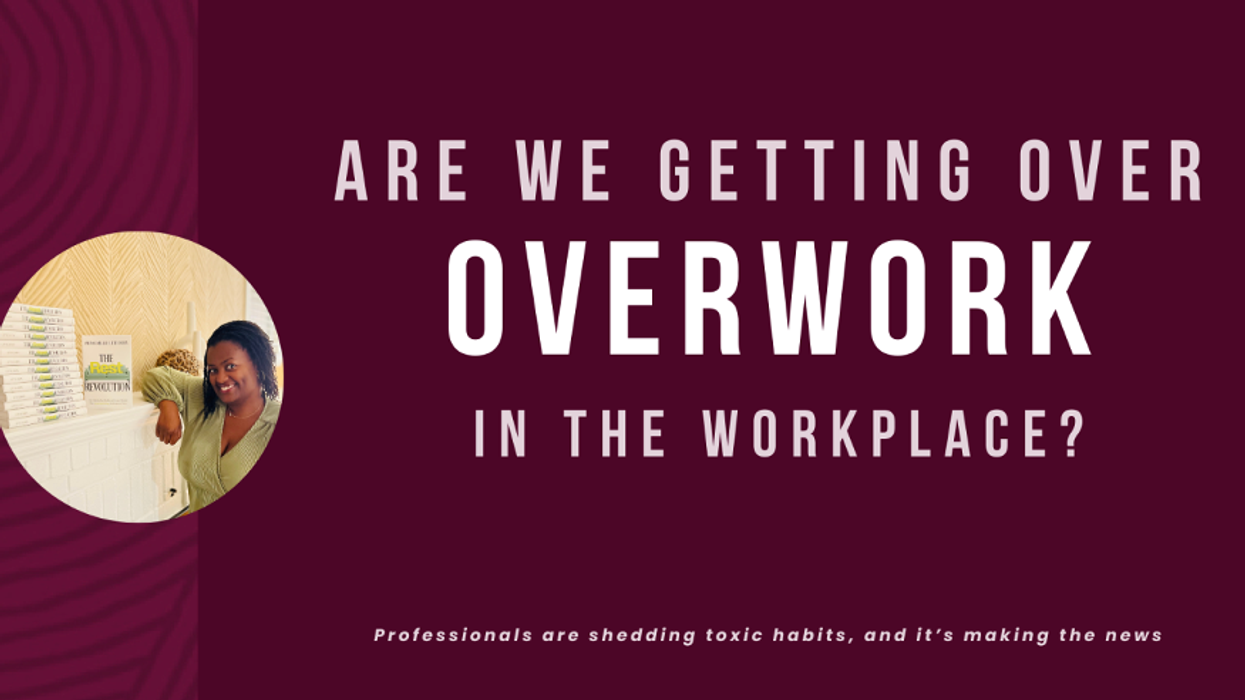Every July, UV Safety Month serves as a critical public health initiative to raise awareness about the dangers of ultraviolet (UV) radiation and the importance of sun protection. Sponsored in part by organizations like the American Academy of Dermatology and the U.S. Department of Health and Human Services, this awareness campaign aims to educate the public on how to reduce the risk of skin cancer and other UV-related health conditions.
Why UV Safety Matters
UV radiation, a form of electromagnetic energy emitted by the sun and artificial sources like tanning beds, is classified into three types: UVA, UVB, and UVC. While UVC rays are absorbed by the Earth’s atmosphere, UVA and UVB rays reach the surface and pose serious health risks.
Skin Cancer Risk
Skin cancer is the most common form of cancer in the United States. According to the Centers for Disease Control and Prevention (CDC), nearly 5 million people are treated for skin cancer annually, with treatment costs exceeding $8.1 billion per year (CDC, 2022). Research shows that approximately 90% of nonmelanoma skin cancers are associated with exposure to UV radiation from the sun (Skin Cancer Foundation, 2023).
Moreover, melanoma, the deadliest form of skin cancer, has seen rising incidence rates, particularly in young adults and fair-skinned populations. The American Cancer Society estimates that in 2024, about 100,640 new cases of melanoma will be diagnosed in the U.S., and nearly 8,290 people will die from the disease (ACS, 2024).
The Rise in UV-Related Medical Issues
1. Climate and Environmental Factors
The World Health Organization (WHO) notes that depletion of the ozone layer—a natural UV filter—has increased UVB levels, leading to a greater risk of skin cancers and cataracts globally (WHO, 2023). Additionally, climate change and longer summers mean more intense and prolonged UV exposure.
2. Tanning and Lifestyle Risks
Despite warnings, indoor tanning remains a health risk, especially among teens and young adults. The CDC reports that indoor tanning increases the risk of developing melanoma by 59%, and the risk increases with each use (CDC, 2021).
3. Eye Damage and Immune Suppression
UV radiation also affects the eyes and immune system. The American Optometric Association (AOA) notes that excessive UV exposure can lead to photokeratitis, cataracts, macular degeneration, and even temporary vision loss (AOA, 2023). UV rays can also suppress immune responses in the skin, reducing the effectiveness of the body’s defense mechanisms (EPA, 2022).
How to Stay Protected
UV Safety Month emphasizes prevention through simple but effective behaviors:
- Apply broad-spectrum sunscreen with SPF 30 or higher, and reapply every two hours or after swimming/sweating.
- Wear protective clothing, such as long sleeves, wide-brimmed hats, and UV-blocking sunglasses.
- Seek shade during peak UV hours (10 a.m. to 4 p.m.).
- Avoid indoor tanning altogether.
- Monitor the UV Index, available via the Environmental Protection Agency (EPA) and weather services, to gauge daily risk.
The EPA’s UV Index provides real-time data on the expected risk of overexposure to UV radiation and helps guide outdoor activity decisions (EPA, 2024).
UV Safety Month plays a vital role in promoting awareness about a preventable health hazard that affects millions annually. As rates of UV-related conditions like skin cancer, cataracts, and sunburns continue to rise, education and proactive behavior are our best tools for protection. By spreading awareness and adopting sun-safe habits, we can protect ourselves and future generations from the harmful effects of UV radiation.
Citations
- American Cancer Society. (2024). Key Statistics for Melanoma Skin Cancer. https://www.cancer.org/cancer/melanoma-skin-cancer/about/key-statistics.html
- American Optometric Association. (2023). UV Protection and Eye Health. https://www.aoa.org/healthy-eyes/caring-for-your-eyes/uv-protection
- Centers for Disease Control and Prevention (CDC). (2022). Skin Cancer Statistics. https://www.cdc.gov/cancer/skin/statistics/
- Centers for Disease Control and Prevention (CDC). (2021). Indoor Tanning Is Not Safe. https://www.cdc.gov/cancer/skin/basic_info/indoor_tanning.htm
- Environmental Protection Agency (EPA). (2024). UV Index. https://www.epa.gov/sunsafety/uv-index-1
- Environmental Protection Agency (EPA). (2022). Health Effects of UV Radiation. https://www.epa.gov/sunsafety/health-effects-uv-radiation
- Skin Cancer Foundation. (2023). Skin Cancer Facts & Statistics. https://www.skincancer.org/skin-cancer-information/skin-cancer-facts/
- World Health Organization (WHO). (2023). Radiation: Ultraviolet (UV) Radiation. https://www.who.int/news-room/fact-sheets/detail/radiation-ultraviolet-(uv)








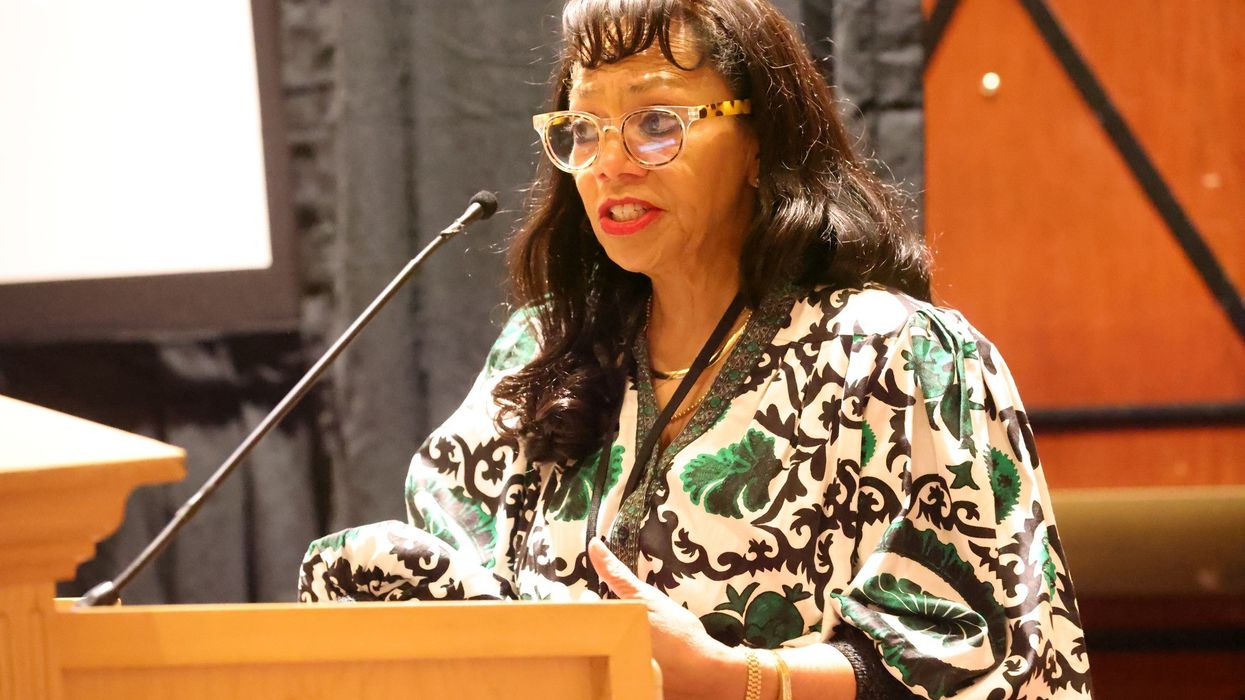
 Karla Mingo believes that her greatest gift as a cancer survivor is the ability to live with gratitude and thankfulness.
Karla Mingo believes that her greatest gift as a cancer survivor is the ability to live with gratitude and thankfulness.
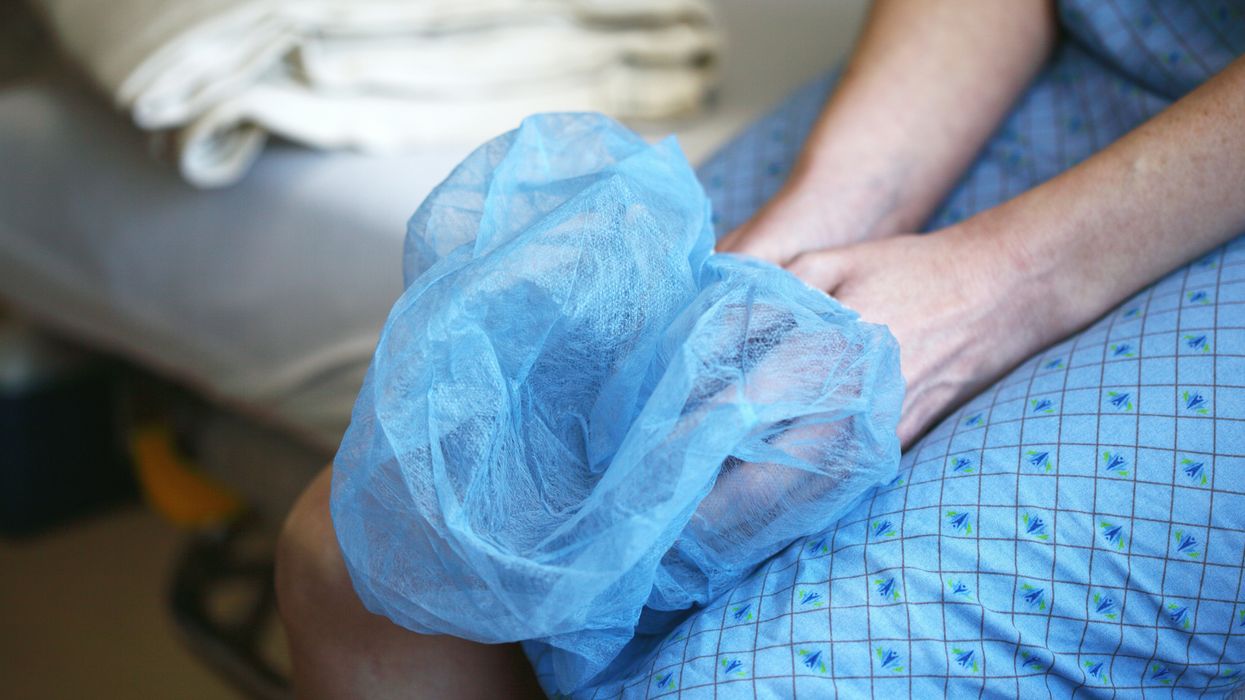

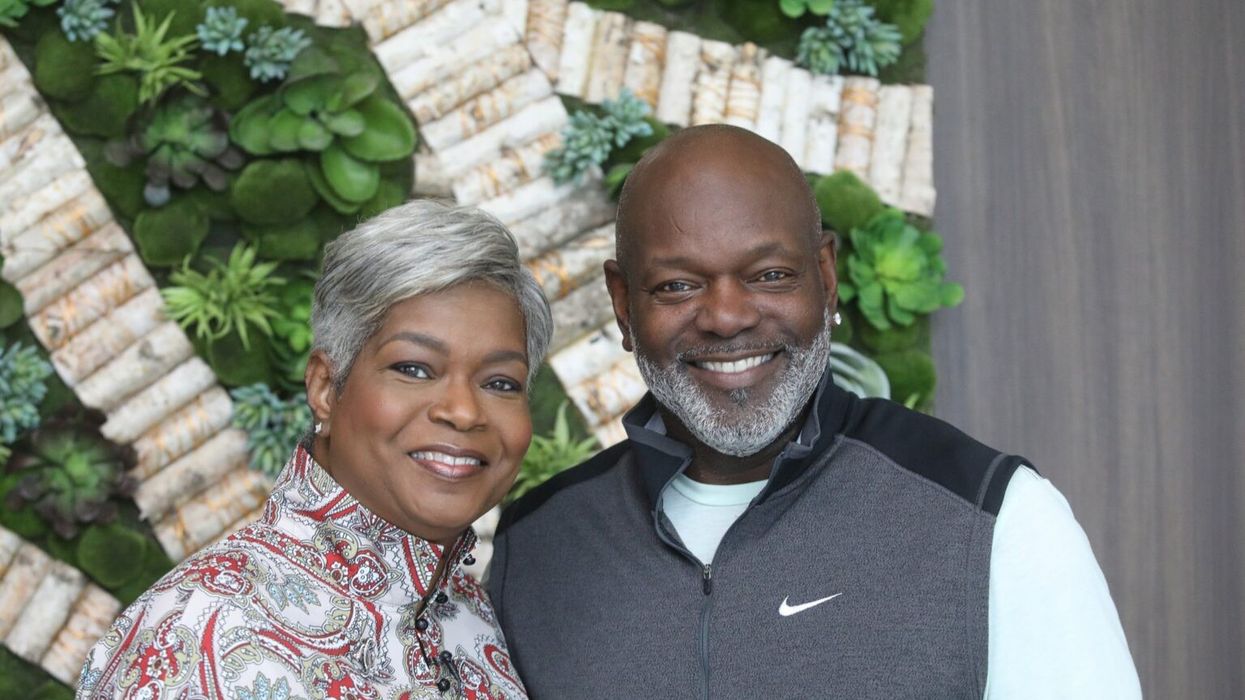

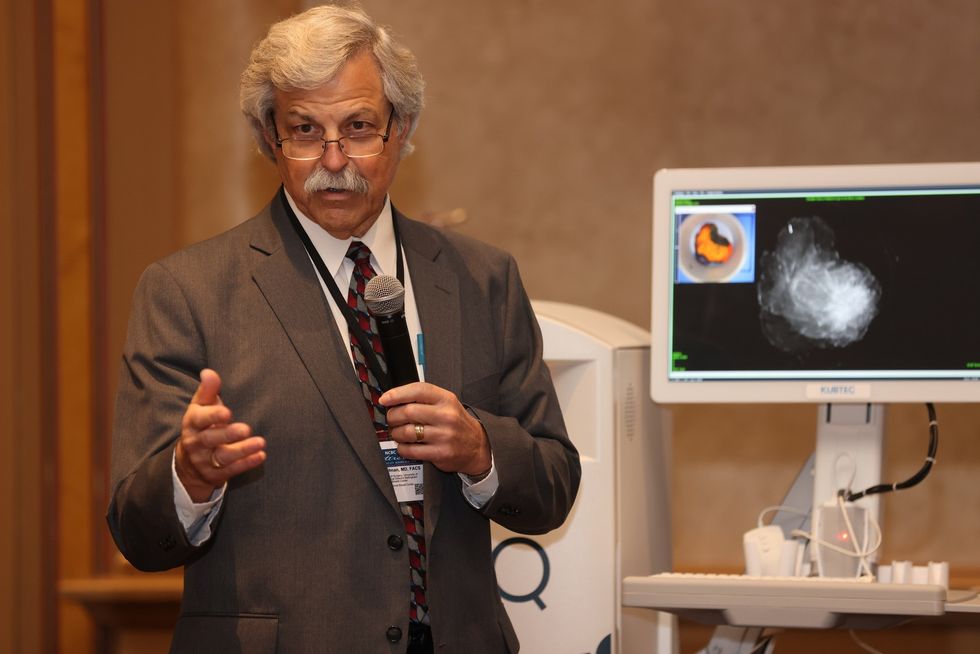 Dr. Cary S. Kaufman teaches the "Essentials of Oncoplastic Surgery" course through the National Consortium of Breast Centers, providing breast surgeons around the world with advanced techniques for optimal breast surgery outcomes.
Dr. Cary S. Kaufman teaches the "Essentials of Oncoplastic Surgery" course through the National Consortium of Breast Centers, providing breast surgeons around the world with advanced techniques for optimal breast surgery outcomes.